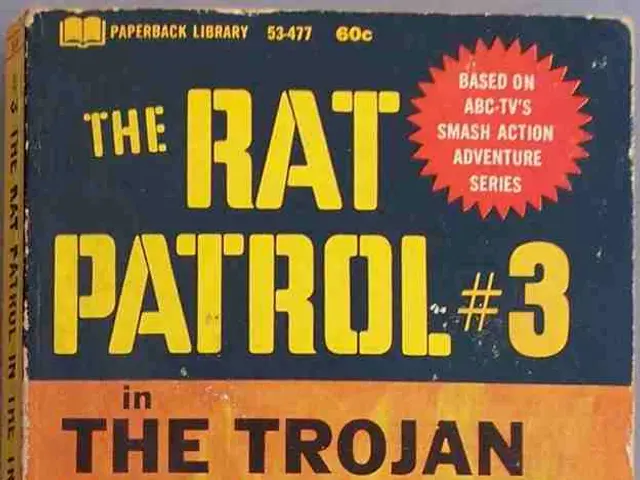Tupolev Corporation's Background and Aviation Craft Designs
Tupolev: A Legacy of Strategic Bombers and Modern Aviation
Tupolev, a renowned Moscow-based aerospace company, has a rich history that spans over nine decades, from the Soviet era to modern Russia. The company, founded by Andrei Tupolev in 1922, has made significant contributions to strategic bombers and military aviation.
Key Milestones in Tupolev's History
The Tupolev Design Bureau quickly became one of the Soviet Union’s leading aircraft designers, particularly known for its bombers. Some of the most notable strategic bombers designed by Tupolev include:
- Tu-95 (“Bear”): Introduced in the 1950s, this turboprop strategic bomber and missile platform is renowned for its long range and distinctive contra-rotating propellers. The Tu-95 is expected to continue serving the Russian Aerospace Forces until at least 2040.
- Tu-160 (“Blackjack”): Introduced in the 1980s, the Tu-160 is the largest and fastest supersonic strategic bomber with variable-sweep wings and the capability to carry nuclear and conventional payloads with extensive range.
Post-Soviet developments saw Tupolev undertaking modernization programs for the Tu-95MS and Tu-160, extending their service life and enhancing their capabilities.
The PAK DA Program
In 2007, the Russian Ministry of Defence initiated the PAK DA program to develop a next-generation strategic bomber. The project aims to produce a subsonic stealth flying wing bomber with advanced avionics, low observability, internal payload bays, and enhanced electronic warfare systems. The PAK DA is expected to enter service in the mid-2020s, eventually replacing the older Tu-95 and Tu-160 fleets.
Notable Products and Specifications
Tupolev's focus has been on strategic long-range bombers, with a focus on power, range, and nuclear delivery capability. The PAK DA represents a strategic shift towards stealth and electronic warfare in the 21st century. Some of Tupolev's notable products and their key specifications are:
| Aircraft Model | Role | Key Specifications | Era/Remarks | |----------------------|------------------------|-----------------------------------------------------------------|-------------------------------------------------| | Tu-95 “Bear” | Strategic Bomber | Turboprop engines with contra-rotating props, very long range | Entered late 1950s, still operational with upgrades| | Tu-160 “Blackjack”| Supersonic Strategic Bomber | Variable-sweep wings, Mach 2+ speed, nuclear and conventional payloads | Introduced 1980s; largest and fastest bomber | | PAK DA | Next-gen Strategic Bomber | Stealth flying wing, subsonic, internal weapons bays, advanced EW and avionics | Development from 2007; designed for stealth and modern threats [1] |
Tupolev currently employs over 3,500 people and produces both military products and commercial airliners. The Tupolev Tu-28/Tu-128 "Fiddler" made its first flight on March 18, 1961, and the Tupolev Tu-154, designed in the 1960s, could reach 850 km. per hour and was produced from 1968 to 2013, with a total of 1026 units built. Following the Dissolution of the Soviet Union, Tupolev's focus shifted towards commercial aircraft.
In summary, Tupolev's history is characterized by pioneering strategic bombers from the Cold War through modernization in the post-Soviet era and the ongoing development of the stealthy PAK DA bomber to maintain Russian long-range strike capabilities.
[1] Source: Russian Military Review
Tupolev, having shifted focus towards commercial aircraft following the Dissolution of the Soviet Union, still maintains its roots in the aerospace industry by developing the PAK DA, a next-generation strategic bomber. In addition, the company's financial investments in modernization programs for existing bombers like the Tu-95 and Tu-160 continue to strengthen its position in the global technology market.








